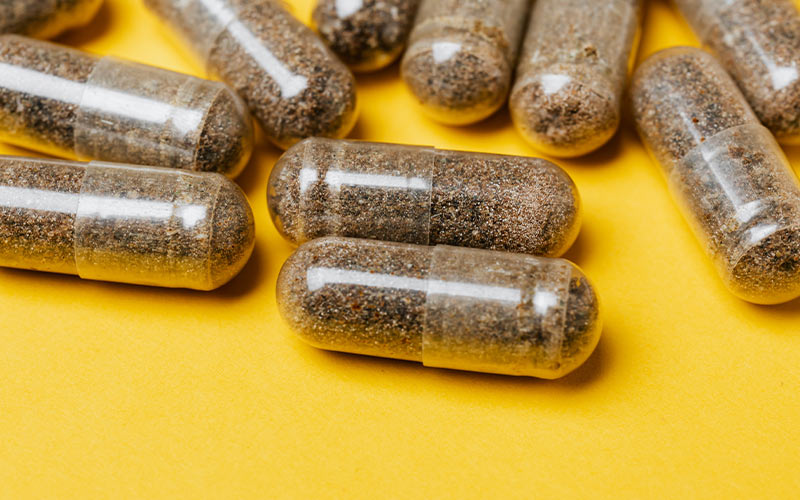
How Do You Patent a Pharmaceutical Drug
The process of patenting a pharmaceutical drug is a pivotal aspect for pharmaceutical companies. Patents give drug developers functional exclusivity over their products, which means that competitors cannot make, use, or sell the patented drug without the permission of the patent owner. Patents create a monopoly in the market and promote innovation in the industry. In this article, we will take an in-depth look at the process of patenting a pharmaceutical drug and the requirements for obtaining a patent.
The first step in patenting a pharmaceutical drug is to determine the novelty and the non-obviousness of the drug. The drug must be new and not already disclosed in the public domain. A drug developer can protect the chemical composition and method of use of the drug under patent law. To achieve this, the drug developer must file a provisional patent application in the United States Patent and Trademark Office (USPTO).
Once the provisional patent application is filed, the drug developer can continue to research and develop the drug while preserving the priority date of the invention. The provisional application provides the drug developer with a one-year grace period to file a non-provisional application. The non-provisional application must include a detailed description of the drug’s chemical composition, method of use, and data supporting the drug’s efficacy.
The non-provisional application is reviewed by the USPTO, and if it complies with the requirements of the patent law, the USPTO will grant a patent to the drug developer. The patent will give the drug developer the right to exclude others from making, using, and selling the drug for a period of twenty years from the filing date of the non-provisional application.
The next step after obtaining a patent is to enforce the rights conferred under the patent. The drug developer can sue any infringer who makes, uses, or sells the drug without the permission of the patent owner. The patent owner may also license or sell the exclusive rights of the patent to others, allowing them to use, make, or sell the patented drug, in exchange for a royalty or license fee.
The process of patenting a pharmaceutical drug is a complex and time-consuming process. It requires in-depth knowledge of patent law and expertise in the drug development process. However, patents provide drug developers with the opportunity to recoup their investments in drug development and promote innovation in the industry.
Patenting a pharmaceutical drug is an essential element for drug developers in protecting their intellectual property rights. Patents give drug developers exclusivity over their products, allowing them to recoup their investments and promote innovation. The patenting process involves filing a provisional patent application, followed by a non-provisional application, and enforcement of the patent’s rights. Patenting a pharmaceutical drug is a complex process, requiring expertise in patent law and the drug development process. However, drug developers stand to gain immense benefits from the process, including rewards for their investments in R&D and promoting innovation in the industry.



